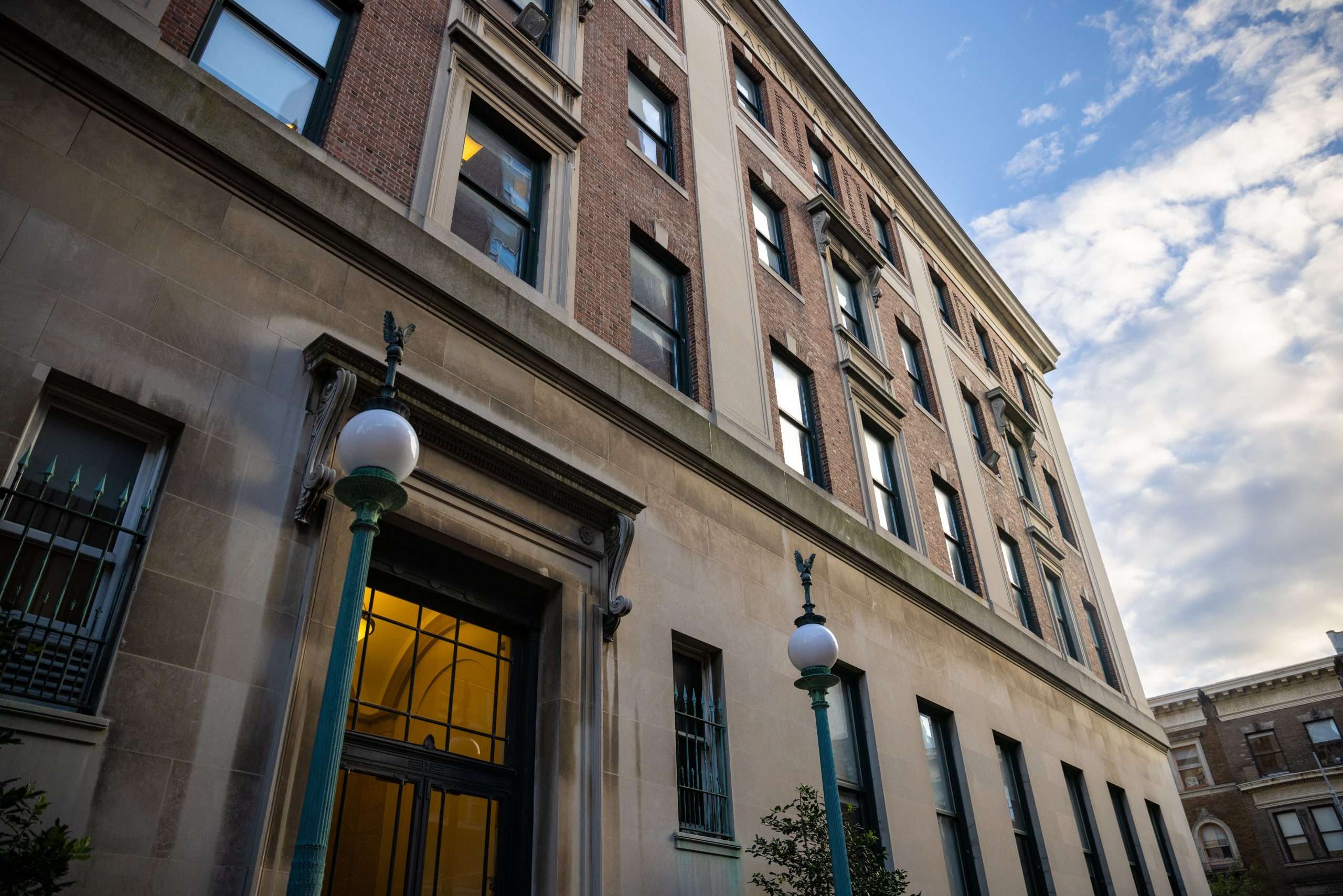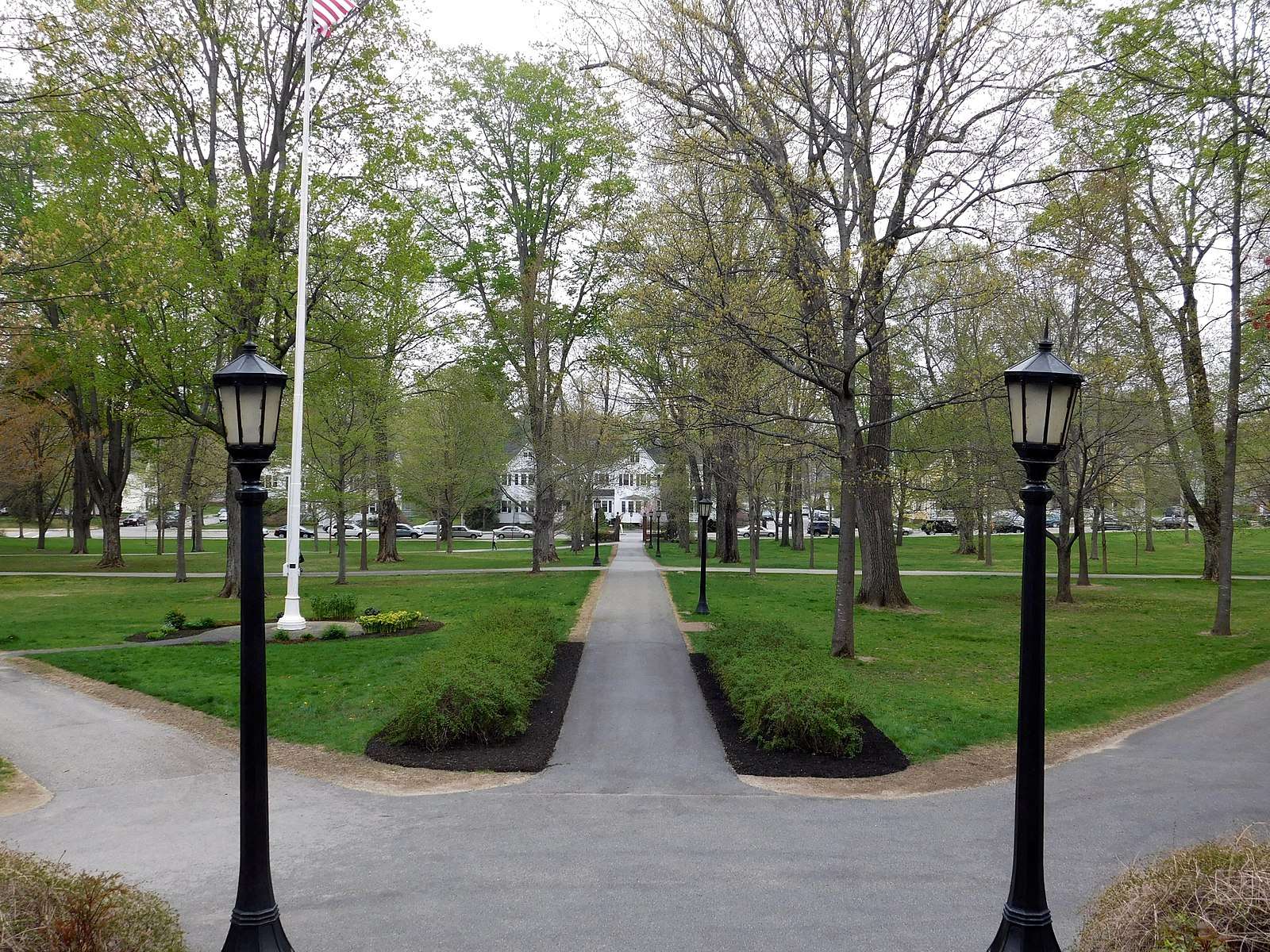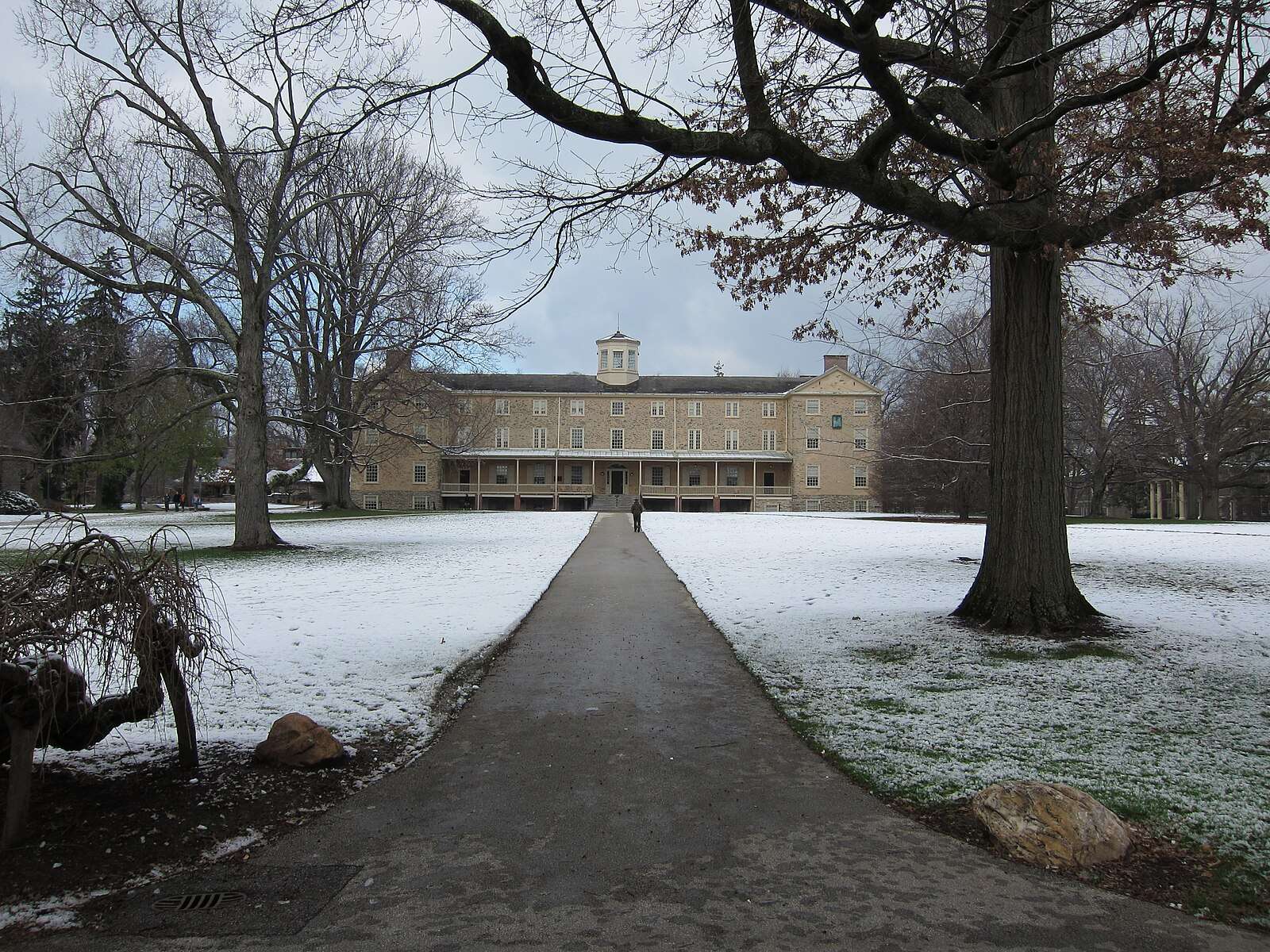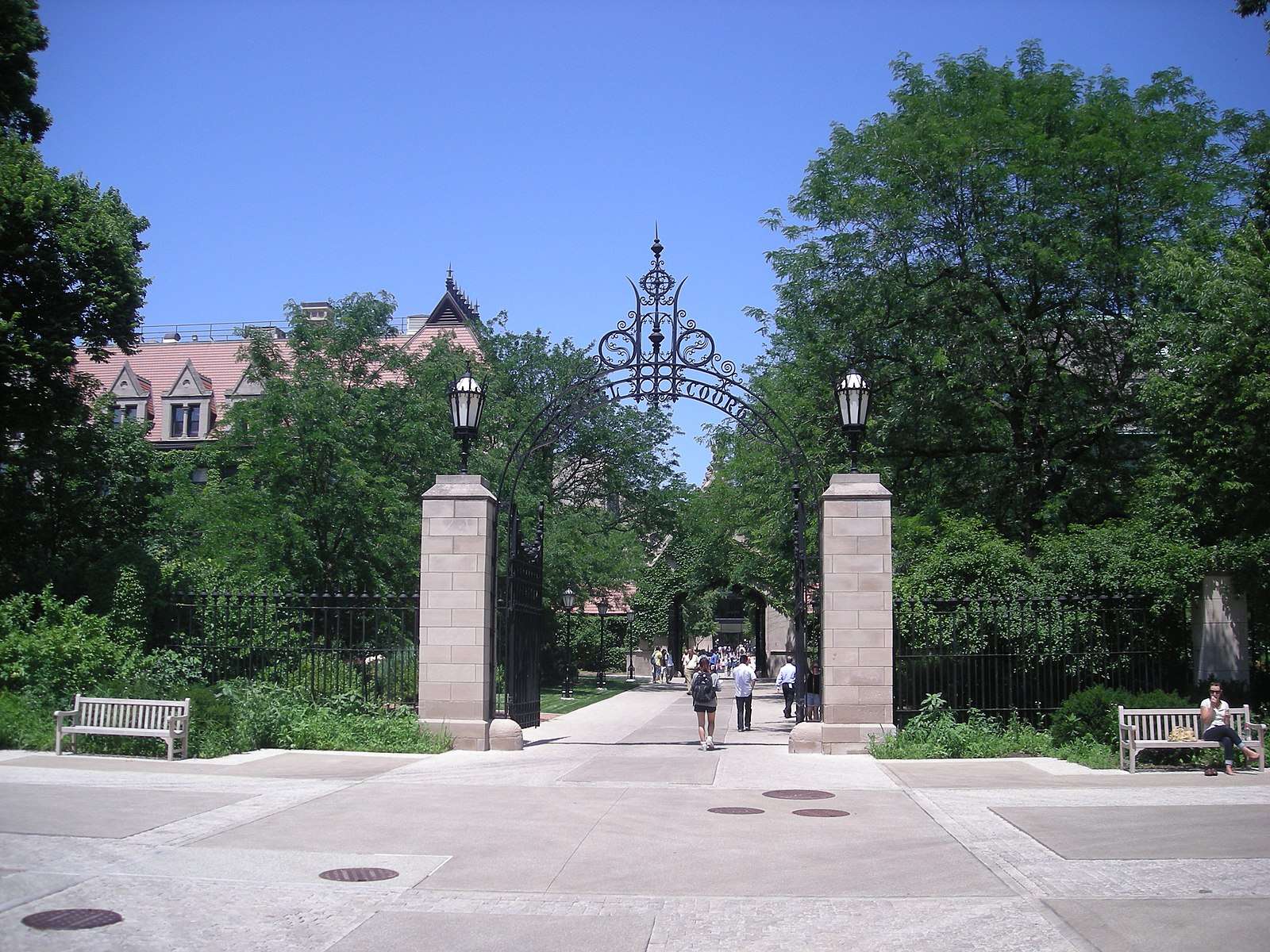The Ivy Coach Daily
Class of 2029 College Admissions Statistics: A Year in Review

Over the last few weeks, many of America’s top universities have released their Regular Decision notifications to applicants to the Class of 2029. So, what are this year’s trends in elite college admissions? Was the 2024-2025 admissions cycle the most competitive year ever? You’ve got questions. We at Ivy Coach have got answers.
Class of 2029 Elite College Admissions Trends
Class of 2029 Admission Rates Are a Mixed Bag Compared to the Class of 2028
Some of America’s elite universities have yet to release overall acceptance rates for the Class of 2029. That said, of the top-ranked schools that have released data, this year’s acceptance rates are slightly higher among Ivy League schools than last year. This year set record lows for many of the prestigious alternatives to the Ivy League, such as Vanderbilt University and Duke University.
Among the top 25 national universities, as ranked by US News & World Report, among schools that have thus far reported overall acceptance rates, Yale University, Brown University, Columbia University, Dartmouth College, and Emory University are reporting lower overall acceptance rates this year. In many cases, the acceptance rates mark disappointing turnouts for these institutions, for reasons we will soon unpack.
This Year Had Application Surges Like for the Class of 2025
The Class of 2029 experienced some skyrocketing surges in applications, which we haven’t seen since the Class of 2025. That year, because so many students were stuck at home during the pandemic, they applied to more schools than ever, leading to unprecedented application numbers. For instance, MIT reported a 66% spike in applications that year.
This year, the University of Southern California, the University of Michigan, Emory University, the University of Virginia, and Vanderbilt University all reported record-setting applicant pools. And while we don’t yet know how many students applied to the University of California, Los Angeles (which holds the record for most applications for a four-year institution, at 149,815 for the Class of 2026), we might have a new record on our hands when UCLA reports this figure.
The biggest losers this year in terms of applicant pool size included those ill-fated schools caught up in a firestorm of reckoning for years of sweeping campus antisemitism under the rug. For example, Columbia University saw 632 fewer applicants this year compared to last. However, another factor likely played a role in the decreased interest these schools experienced. But we’re getting ahead of ourselves.
“The Toughest Year Ever” is Nonsense
As the sun rises every morning, parents lament annually, “It was the toughest year ever!” No, it wasn’t. While some universities set application benchmarks and historic acceptance rates this year, the distinction of “the toughest year ever” squarely belongs to the Class of 2025. That year, in addition to record application tallies, about 20% of seats were pre-filled with admits from the Class of 2024 who chose to take gap years due to the pandemic.
The Outlawing of Affirmative Action Had Minimal Influence on the Class of 2029’s Admissions Process
In the wake of the United States Supreme Court’s decision to outlaw the consideration of race in admissions decision-making, many expected significant changes to last year’s admissions process for the Class of 2028. Yet the majority of our nation’s elite universities exploited Chief Justice John Roberts’ loophole (“Nothing in this opinion should be construed as prohibiting universities from considering an applicant’s discussion of how race affected his or her life, be it through discrimination, inspiration, or otherwise.”) by asking applicants to write supplemental essays in which they were essentially encouraged to talk about their race. As such, race remained a significant consideration in decision-making, as it also did this year!
Quite another factor emerged as pivotal to this year’s admissions cycle.
The Peeling Back of Test-Optional Policies Hemmed in Applications This Year
More and more colleges came to understand the folly of test-optional admissions this year, with many walking back test-optional policies put into place at the start of the pandemic. These policies were initially supposed to lighten the burden of high schoolers reeling from epidemiological turmoil. But it wasn’t long before “squeakers” — Ivy Coach’s term for those students who try to get into top schools out of their academic league by withholding test scores — began to flood the applicant pools of test-optional schools and artificially deflate acceptance rates in the process.
What squeakers fail to understand is that, all else being equal, schools will always opt for the students with test scores over those without. With test-optional in the rearview for much of higher education, fewer squeakers were in the mix this year, which accounts for a large part of the increase in acceptance rates and decrease in applicants at many schools. Comparing these numbers to the all-time highs set during the Classes of 2025 and 2026, you are bound to see a difference.
Many schools continued to stumble and fall by fomenting yet more antisemitism, but the same is true for institutions that have handled the past few years of surging antisemitism with grace and dignity (like Dartmouth, where despite President Beilock’s staunch leadership against antisemitism, the acceptance rate increased by 0.6%). Is it a coincidence that Dartmouth also happened to lead the charge in phasing out its test-optional policy? No! The test-optional policy was driving the increase in acceptance!
Class of 2029 Admission Rates at Elite Universities
Top National University Admissions Statistics
Below are the admissions statistics for the Class of 2029 released from our nation’s top national universities thus far. Keep in mind that some of these numbers will change when the schools report their figures through The Common Data Set.
| College/University | 2025 US News Rank (“Best National Universities”) | 2024-2025 Admissions Rate (Class of 2029) | 2023-2024 Overall Admission Rate (Class of 2028) | 2022-2023 Overall Admission Rate (Class of 2027) | 2021-2022 Overall Admission Rate (Class of 2026) |
| Princeton University | #1 | Not Yet Published | 4.62% | 4.59% | 4% |
| Massachusetts Institute of Technology | #2 | 4.52% | 4.52% | 5% | 4% |
| Harvard University | #3 | Not Yet Published | 3.59% | 3.41% | 3% |
| Stanford University | #3 | Not Yet Published | 3.61% | 3.91% | 4% |
| Yale University | #5 | 4.60% | 3.90% | 4.35% | 4% |
| California Institute of Technology | #6 | Not Yet Published | Not Yet Published | Not Yet Published | 4% |
| Duke University | #6 | 4.80% | 5.10% | 6% | 6% |
| Johns Hopkins University | #6 | Not Yet Published | 5% | 6% | 6% |
| Northwestern University | #6 | 7.00% | 7.60% | 7% | 7% |
| University of Pennsylvania | #10 | Not Yet Published | 5.40% | 5.87% | 6% |
| Cornell University | #11 | Not Yet Published | 8.41% | 7.90% | 9% |
| University of Chicago | #11 | Not Yet Published | 4.48% | 4.79% | 6% |
| Brown University | #13 | 5.65% | 5.20% | 5% | 5% |
| Columbia University | #13 | 4.29% | 3.80% | 4% | 4% |
| Dartmouth College | #15 | 6.03% | 5.40% | 6% | 6% |
| University of California, Los Angeles | #15 | Not Yet Published | 8.97% | 9% | 8.57% |
| University of California, Berkeley | #17 | Not Yet Published | 11.04% | 11.36% | 11.40% |
| University of Notre Dame | #18 | 9.00% | 11.10% | 12% | 13% |
| Rice University | #18 | 7.75% | 8.00% | 8% | 9% |
| Vanderbilt University | #18 | 4.70% | 5.10% | 6% | 6% |
| Carnegie Mellon University | #21 | Not Yet Published | 11.66% | 11.30% | 11% |
| University of Michigan | #21 | Not Yet Published | 15.64% | 17.69% | 18% |
| Washington University in St. Louis | #21 | Not Yet Published | 12.06% | 11.96% | 10% |
| Emory University | #24 | 14.95% | 14.50% | 16% | 11% |
| Georgetown University | #24 | 12.00% | 12.91% | 12.22% | 12% |
| University of Virginia | #24 | Not Yet Published | 16.38% | 16% | 19% |
Top Liberal Arts Colleges Admissions Statistics
Below are the admissions statistics for the Class of 2029 that have thus far been released from our nation’s top liberal arts colleges, with the same caveat about the fluctuating statistics we noted for the top national universities.
| College/University | 2025 US News Rank (“Best Liberal Arts Colleges”) | 2024-2025 Overall Admission Rate (Class of 2029) | 2023-2024 Overall Admission Rate (Class of 2028) | 2022-2023 Overall Admission Rate (Class of 2027) | 2021-2022 Overall Admission Rate (Class of 2026) |
| Wiliams College | #1 | 8.50% | 8.25% | 10% | 9% |
| Amherst College | #2 | 7% | 9% | 9% | 7% |
| Swarthmore College | #3 | 7.43% | 7.46% | 7% | 7% |
| United States Naval Academy | #4 | Not Yet Published | Not Yet Published | Not Published | Not Published |
| Bowdoin College | #5 | 7% | 7% | 8% | 9% |
| Pomona College | #5 | Not Yet Published | 7.09% | 6.75% | 7% |
| Wellesley College | #7 | 13.70% | 14.05% | 13% | 13% |
| United States Air Force Academy | #8 | Not Yet Published | Not Yet Published | Not Published | Not Published |
| Carleton College | #8 | Not Yet Published | 20.41% | 22% | 17% |
| Claremont McKenna College | #8 | Not Yet Published | 9.59% | 11.12% | 10% |
| United States Military Academy at West Point | #8 | Not Yet Published | Not Yet Published | Not Published | Not Published |
| Harvey Mudd College | #12 | Not Yet Published | 12.66% | 13.06% | 13.36% |
| Vassar College | #12 | Not Yet Published | 18.57% | 17.73% | 19% |
| Barnard College | #14 | Not Yet Published | 9% | 7% | 8% |
| Davidson College | #14 | Not Yet Published | 13.37% | 14.48% | 17% |
| Hamilton College | #14 | Not Yet Published | 13.62% | 11.77% | 12% |
| Smith College | #14 | Not Yet Published | 21% | 19% | 23% |
| Wesleyan University | #14 | Not Yet Published | 16% | 17.10% | 14% |
| Grinnell College | #19 | Not Yet Published | 14.51% | 12.68% | 11% |
| Middlebury College | #19 | Not Yet Published | 11.96% | 11% | 15% |
| Washington and Lee University | #19 | Not Yet Published | 13.97% | 17.36% | 19% |
| Colgate University | #22 | Not Yet Published | 13.59% | 12% | 12% |
| University of Richmond | #22 | Not Yet Published | 22% | 22% | 24% |
| Haverford College | #24 | Not Yet Published | 12.37% | 12.91% | 14% |
| Colby College | #25 | 7.00% | 6.64% | 6% | 7% |
Ivy Coach’s Assistance with Optimizing Waitlist Chances
If your child has been waitlisted to one or more of their dream schools, all hope should not be lost. They still have a fighting chance of earning admission, but only if they play their cards right by submitting a Letter of Continued Interest that wows without bragging or updating.
If you’re interested in Ivy Coach’s assistance with optimizing your child’s case for admission off a college’s waitlist, fill out our complimentary consultation form today, and we’ll be in touch with an immediate response that outlines our go-forward waitlist service led by our team of former elite college admissions officers.
You are permitted to use www.ivycoach.com (including the content of the Blog) for your personal, non-commercial use only. You must not copy, download, print, or otherwise distribute the content on our site without the prior written consent of Ivy Coach, Inc.
TOWARD THE CONQUEST OF ADMISSION
If you’re interested in Ivy Coach’s college counseling, fill out our complimentary consultation form and we’ll be in touch.
Get Started




